Sunday, April 6, 2025
Awakened by the electronic muezzin. His voice loudly comes over the speakers near the mosques to call the true believers to Fajr.
The muezzin’s job has become quite easy, because I surmise that it is a recording hooked to a time clock. The start of the call is to the second at the same moment in all mosques within earshot.
Only in Kashgar, in west China, did I see the muezzin climb to the roof of his building and with his own voice start calling the believers.
We have a romantic breakfast in the hall of our building. We are eating alone - served a chocolate croissant, toast, jam, tea and coffee by Ali and a lady I don’t know. The top of the atrium is covered by glass panes, but there is plenty of room to allow birds to fly in and out. Very quiet and peaceful.
Then we start walking, first along the city walls, mostly made of adobe, but with hewn stone near the gates. On the other side is a large graveyard. Surprisingly it has tombstones with texts. Normally muslim graves are purposely without identifyers and kept as low key as possible.
We go through an opening in the wall and descend toward the river. Nearby is the mediterranean and people play soccer on the large beach.
We follow the beach until modern white appartments, there we cross over the dry riverbed to a point where small rowing boats ferry people across to the Rabat side. We pay our $0,25 and step onto the sunlit quay.
This side is better looking. It is carefully made for walking and pleasure and in a good state of repair. The other side has many areas of weeds and looks more run down.
We walk to the Tour Hassan - the last remaining vestige of what would have become the world’s largest mosque around 1160. It is a big tourist attraction with several buses appearing while we walk over the central square with dozens of colums lined up, in what would have been the central prayer hall.
It’s quite an interesting place, including the beautiful mausoleum of Mohammed V. Guards on horseback stand at the entrance of the central square in very colorful uniforms. Guards selectes for their length stand at each of the four entrances of the mausoleum.
We drink a cup of freshly squeezed orange juice and buy some peanuts. Then we decide to walk to Chellah, a fortress surrounding an area of excavations of roman and ottoman buildings. The roman ruins we start to recognize more easily after visiting Pompeii. Especially the wheat grinding mills of the bakeries.
Chellah is a romantic place surrounded by complete city walls, and with park like areas inside. All human endeavours - roman, ottoman - have fallen into ruin. But nature is doing very well. I count more than ten large stork nests. They are on top of every high spot. In the distance is a tree with three large nests. The top of the mosque tower has a nest with a young one. It’s an amazing experience for me.
In my youth storks had almost disappeared from Holland. But we all knew they spent the winter in Africa. And here I see them, by the dozen. And, my dear reader, Holland has plenty storks again.
The walk back leads through the embassy district. Very quiet streets, expensive black cars, high walls, white painted, electric metal gates, all closed. The worlds diplomats spend their lives there, hiding from the people they are here to serve.
Soon we board a small rowing boat and with a small group of passengers we cross the tepid water of the river separatîng Rabat from Salé. Boys are jumping from small piers. Birds are flying. The sky is very blue and without a cloud. The sun is warm. This is Morocco.
…
Now it’s almost midnight, and I am standing next to the car at the airport. Didi arrives. We get a sim card and I realize we have paid way too much for our sim cards in the city.
Now it’s almost midnight, and I am standing next to the car at the airport. Didi arrives. We get a sim card and I realize we have paid way too much for our sim cards in the city.

 Riad Marco, الرباط - سلا - القنيطرة, Morocco
Riad Marco, الرباط - سلا - القنيطرة, Morocco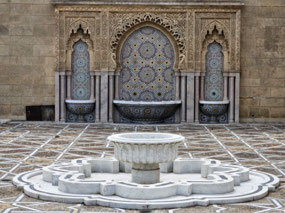
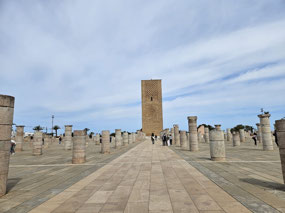
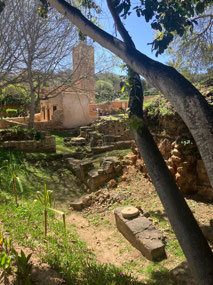
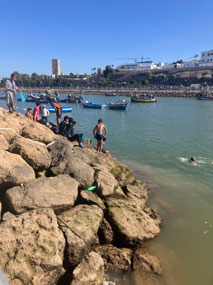


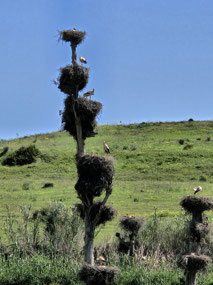
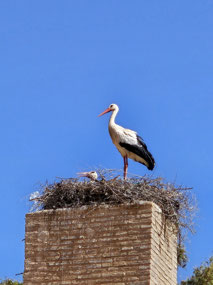
2025-05-22